Small Town Police Departments
It’s a small red-brick building nestled between Betty Lou’s Cut ‘n Curl and Smilin’ Bob’s Hardware and Pawn Shop. The lone parking space in front is reserved. A sign reads “Chief’s Parking Only.”
Inside, the hallway to the right takes you to the water department and the office of the building inspector. There, you can also purchase dog tags and yard sale permits. A left turn leads to the town’s police department, a force comprised of five dedicated, hardworking police officers—one chief, one sergeant, two full-time officers, and one part-time guy who’s also the mayor of the next town over.
Complaints can be filed with the dispatcher at the window, or by dialing the local number. Calling 911 in Small Town works the same as calling 911 in New York City. Hmm…there is a tiny difference—when you call 911 in Small Town somebody always shows up to see what’s wrong. Not so in Big City.
Small Town dispatchers also work the computer terminals and NCIC. They know CPR and they know everyone in town and the quickest route to their houses.
Officers in Small Town attend the police academy and they receive the same training and certifications as the officers over in Big City. No, Small Town PD doesn’t have all the latest fancy equipment with the shiny, spinning dials and winking, blinking lights. They don’t have special detectives who only work homicides or white collar crime. And they don’t have divisions dedicated for traffic, vice, narcotics, and internal affairs. Budgets simply don’t allow it.
Officers in Small Town are cross-trained. They each know how to run radar, direct traffic, dust for fingerprints, interview suspects and witnesses, and they know how to investigate a murder. They work burglaries and assaults. They also arrest drunk drivers, drug dealers, people who abuse their spouses, rapists, pedophiles, and robbers. They break up fights, help kids cross the street safely, and they locate lost pets. And, if one of their officers steps out of line they’ll straighten his butt out, too.
Of course, Small Town is totally fictional, but there are many actual small towns with small police departments. And those small departments work the same type cases as the departments in larger cities. No, not all departments are large enough to have officers who serve as detectives. But they all employ police officers who are fully capable of investigating any type of crime. And they do, from traffic offenses to murder. Sure, they do the same work as a detective. But they do it while wearing a uniform instead of some fancy-smancy suit they really couldn’t afford.
Yep, most small departments operate the same way as the large ones, just on a smaller scale.
For example:
The Yellow Springs, Ohio Police Department serves a village of slightly less than 4,000 residents. Therefore, the department is small. However, there’s a college in town and the village is located near Dayton and Springfield, which translates into the potential for a higher crime rate than would normally be found in a town that size. And, the potential for more crime means more proactive police work for the small number of officers.
The YSPD doesn’t have plainclothes detectives to investigate major crimes. Instead, as is the case with many small departments, uniformed officers investigate all crimes. So, when an officer receives a call from the dispatcher they see it all the way through—from the 911 call through court, including evidence collection, interviewing witnesses, etc.
If the officers need additional help, or resources, they call on the sheriff’s office.
Remember, not all departments operate in the same manner. Some smaller departments DO have detectives, and those investigators may or may not wear a uniform. They could dress in a coat and tie, and they could have the title of detective, or investigator. If they’re a detective who wears a uniform their rank would normally remain the same. There is no standard rule. It’s entirely up to the individual department.
One other thing to remember—a police department and a sheriff’s office are not the same. Deputy sheriffs work for sheriffs, not police chiefs. But that’s a topic for another day.
YSPD dispatcher
NCIC equipment
Felony traffic stop
Issuing a traffic summons
An arrest
Small departments may not have LiveScan fingerprint terminals. Instead, they still use the old ink and ten-print cards
Ten-print fingerprinting station
Small departments collect and preserve evidence using the same methods and materials as do larger departments
Evidence storage is on a smaller scale in smaller departments
YSPD evidence room
Evidence safe in a small department (for narcotics, etc.)
YSPD officer’s workstation/office
Small departments follow the same procedures as any other department
Interior of a YSPD patrol car

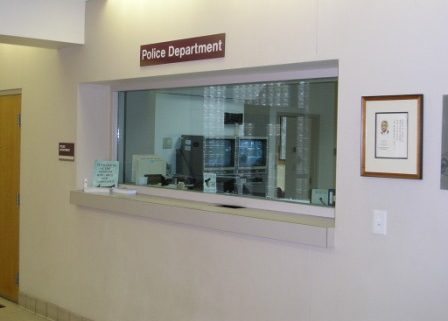
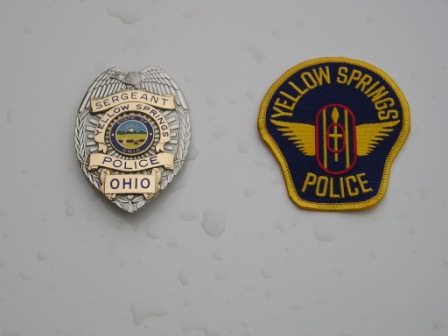

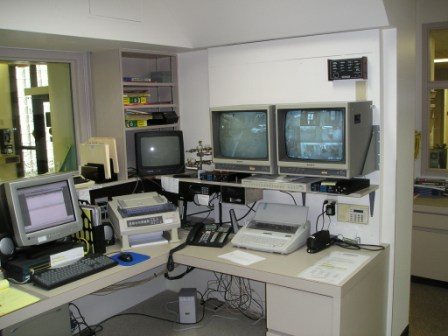
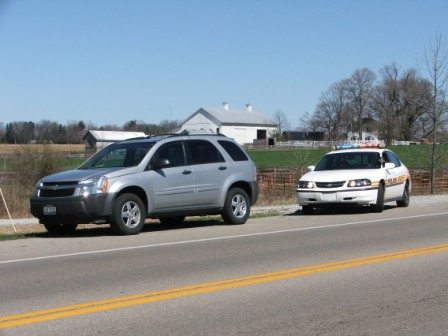
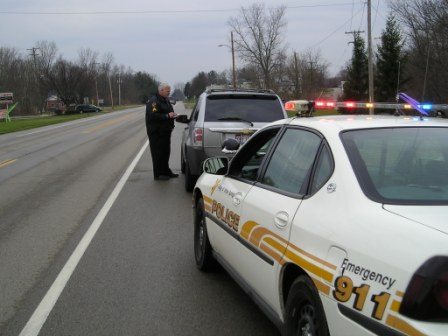
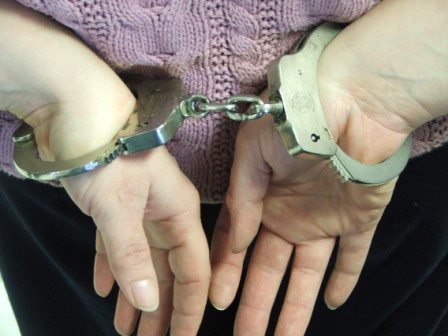
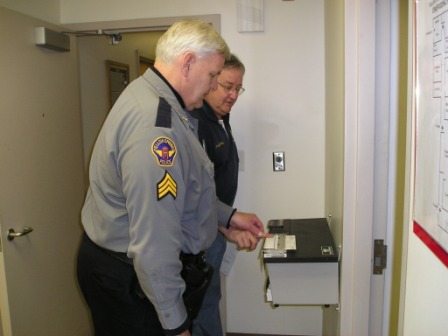
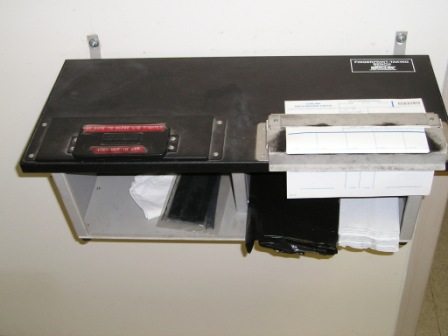
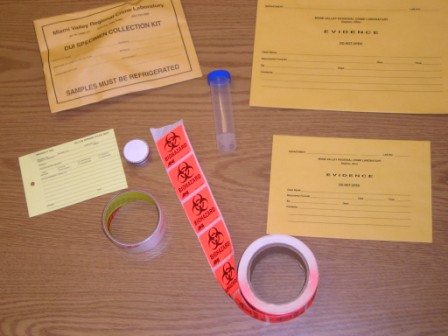

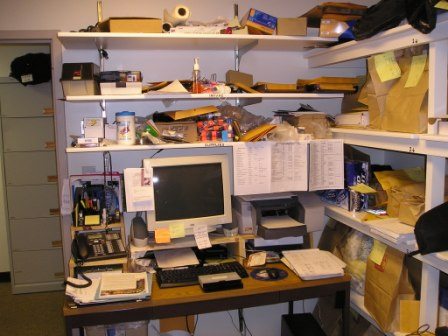
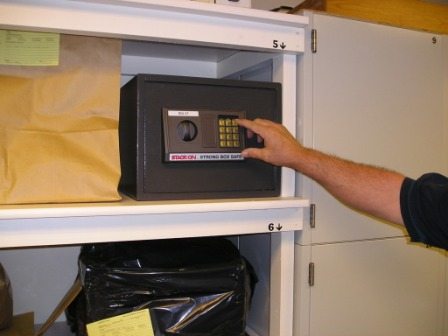
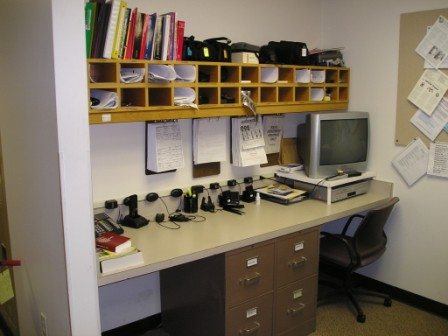
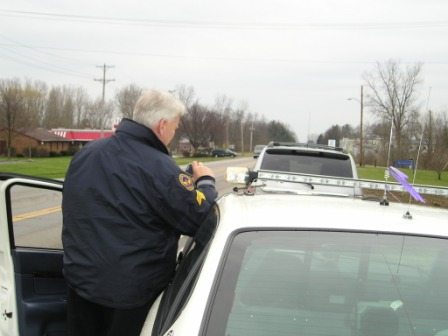
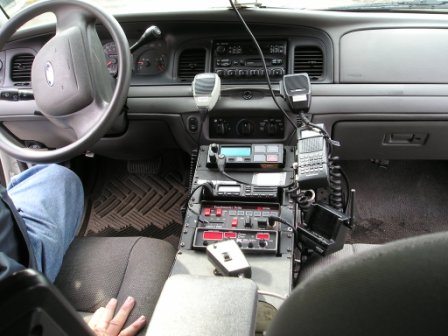



Yup. My WIP has at least a few scenes in a small town police department and this looks exactly like the one I visited in CT. Thanks for some of the details I may have missed. BTW, the fictional town in my book is one town over from a fictional Springfield.
Lee,
You consistently hit the issue smack on the head. I love this.
My current WIP is set in a Minnesota town with a population of 3,500. There’s a police chief, 4 full time officers and two part-time people, a civilian dispatcher just out of high school. The pictures were really helpful. My grandad was a police officer, but in Tampa, FL, which is anything but small. I’ve been guessing what the physical location would look like. Thanks for the great visuals!
Thanks, Lee. Very informative. My WIP is set in a town of 25,000, so it’s easy for me to visualize the situation you show on a slightly larger scale. I’ll be a regular reader here from now on.
Lee: Where have I been all your life? LOL This is exactly what I needed for my current wip that takes place in a small town in the North Carolina mountains about human trafficking but included four murders. There is so much information on this site it’s overwhelming. Thank you so much!!
I’m glad it helped.
Thanks, Lee. This is exactly what I needed!